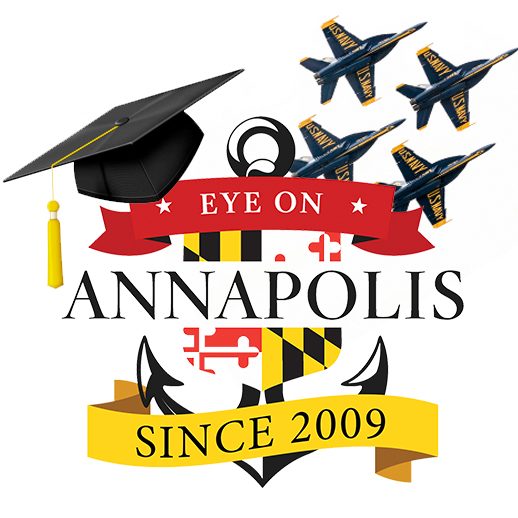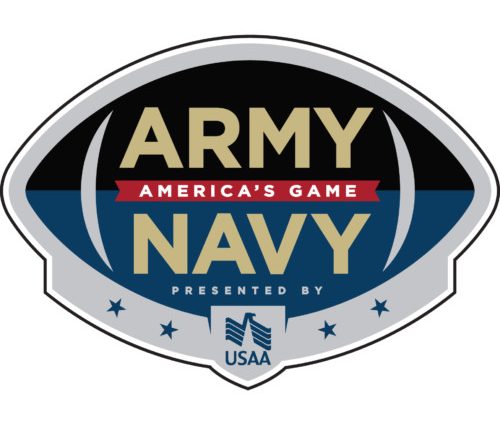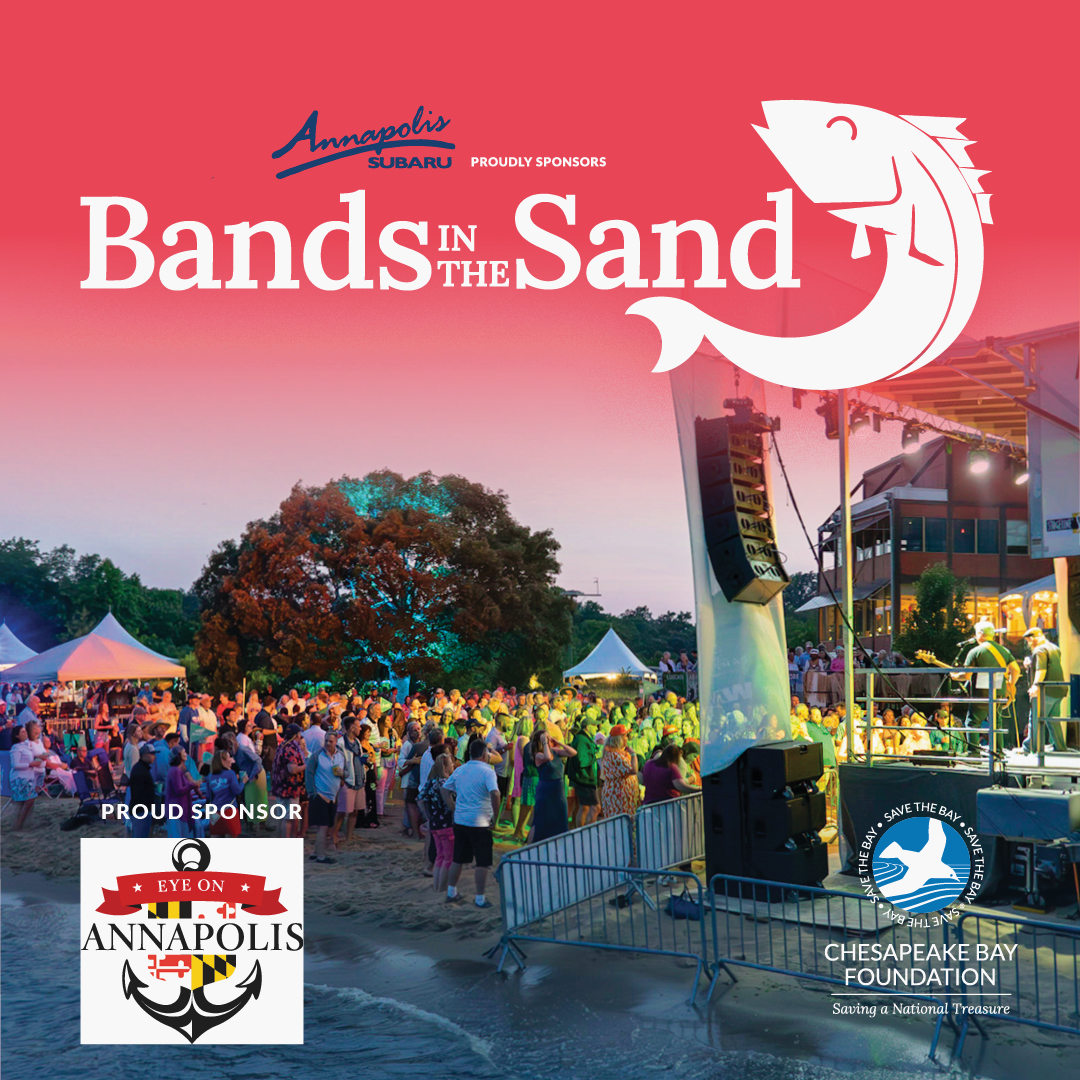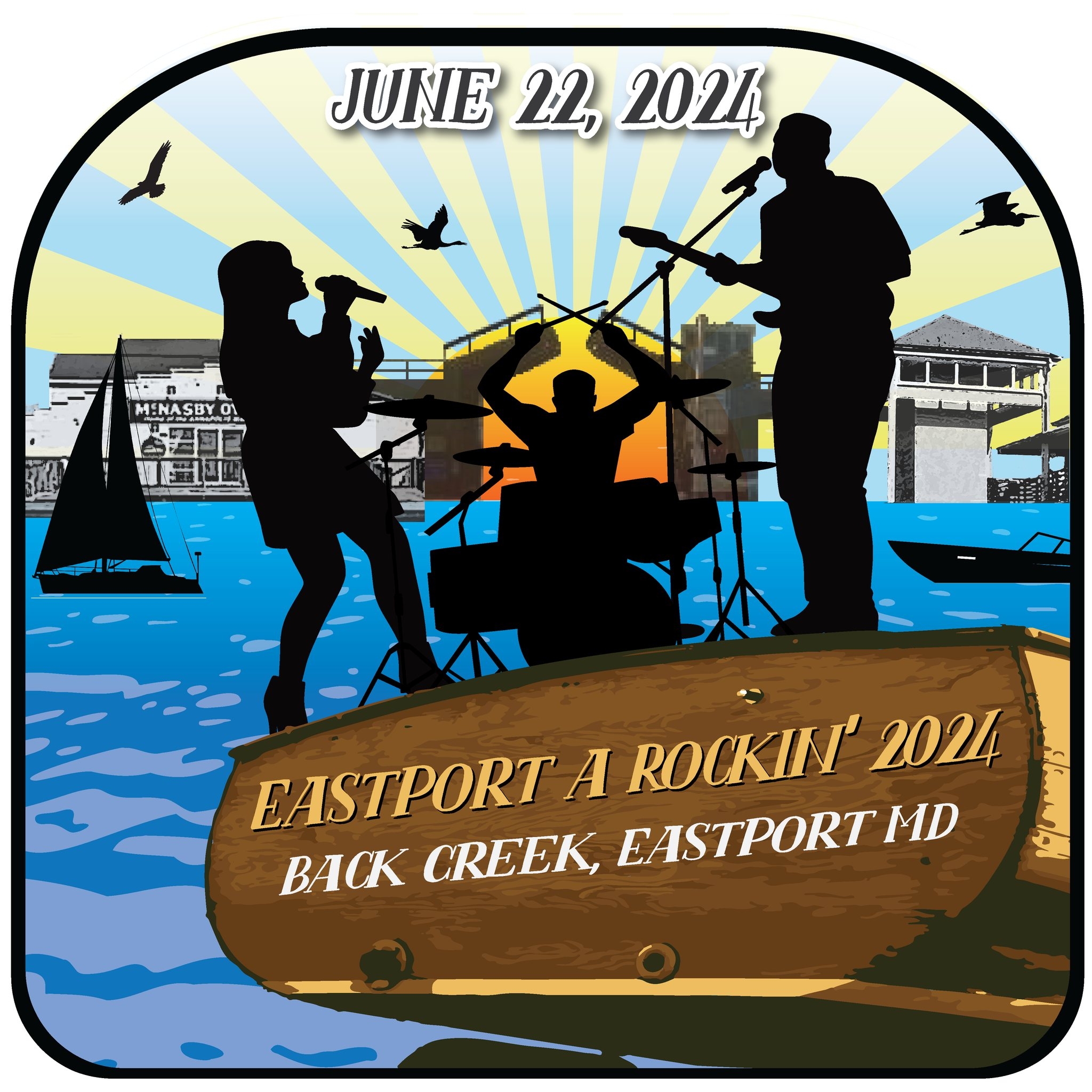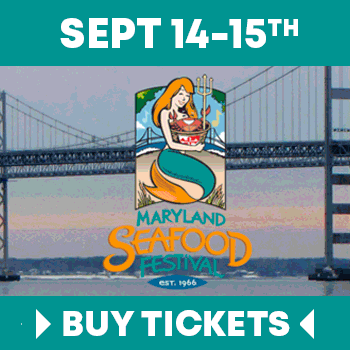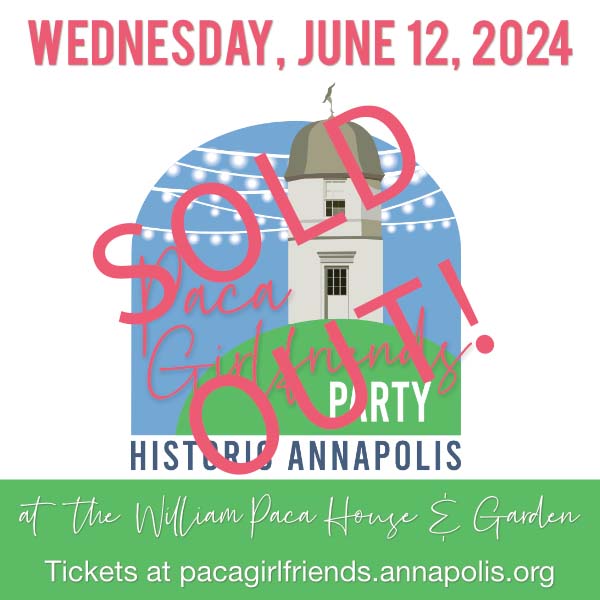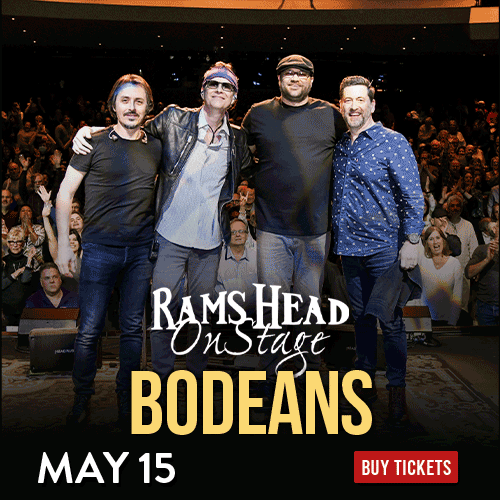Maryland basks in its renowned identity as “horse country,” a legacy woven through the multitude of horse-racing spectacles and the vast tapestry of horse farms nestled predominantly in the State’s heartlands.
For horse racing aficionados, Maryland is a rich and vibrant source of thoroughbred racing, harness racing, and the exhilarating steeplechase racing, each event meticulously orchestrated under the watchful purview of the State Racing Commission.

Tracing its equestrian chronicles to the pioneering spirit of the Maryland Jockey Club in 1743, Maryland stands as the inaugural colony to breathe organizational life into the sport.
An emblematic milestone was etched into history with the initiation of the first exclusive Thoroughbred race in the colonies, staged in Annapolis. A tradition was birthed, symbolized by the triumphant owner bestowed with the esteemed Annapolis Subscription Plate, a silver emblem of victory and honor.
After all, it is the home of the Preakness Stakes and many other popular races. One this is missing though.
The Breeders’ Cup has never been hosted in Maryland, although Laurel Park tried in 2017. Still, we will not see the 2023 Breeders’ Cup Contenders in the state this year, as the race will happen in Santa Anita Park, California. However, who knows if in the future it can finally happen?
History of Horse Racing in Maryland
In the tapestry of racing folklore, Maryland emerges as the cradle where Thoroughbred racing made its ceremonial entry into the colonies. While Virginia witnessed the arrival of the first Thoroughbred in 1730, it was Maryland’s soil that bore the inaugural Jockey Club of the U.S. in 1743.
The earliest echoes of hooves in Maryland resounded across informal tracks and fairgrounds, a setting that evolved with the establishment of the Maryland Jockey Club, giving rise to organized purse racing and captivating cup competitions, weaving a regular tapestry of amusement.
Seasonally, as autumn leaves heralded fall and spring breathed renewal, towns from Marlborough to Williamstadt became racing stages, hosting enduring contests across mile-stretched heats.

A pivotal chapter was authored by Samuel Ogle, heralded for navigating the sport across the Atlantic from England’s shores.
Alongside Colonel Benjamin Tasker, their vision materialized through the infusion of several Thoroughbreds, including the illustrious mare Selima. Her legacy in the annals of racing reverberates with distinction, not merely for her racing prowess but through the continuation of her extraordinary lineage in modern Thoroughbreds.
In its historic journey, Belair Stud, despite changing custodians, shines as an epicenter of equine excellence, nurturing legends such as Triple Crown laureates Gallant Fox, Omaha, and Nashua.
Historical tumult, the Revolutionary War, paused Maryland’s racing heartbeat, with Thoroughbreds transitioning from sporting heroes to military stalwarts.
Following the war’s conclusion in 1783, luminaries like Governor William Paca and Charles Carroll resurrected the sport’s spirit, breathing life back into Maryland’s racing traditions.
Waves of history, notably the Civil War, intermittently shadowed the sport, yet again, repurposing the athletic prowess of Thoroughbreds from the racing spectacle to the grim theatre of war, marking periods of silence in the State’s vibrant racing symphony. During a time when the stock market crashed, and huge economic disruption after the war, nobody was interested in sport, not just horse racing.

When Did Horse Racing Become Popular in Maryland
Three years after the Civil War, Governor Oden Bowie, filled with ambition, promised to create a racetrack in Maryland that would rival Saratoga, the foremost racetrack in the United States at the time.
Bowie kept his word, and on October 25, 1870, the famous Pimlico Race Course was opened. The inaugural event featured the Dinner Party Stakes, now known as the Dixie Handicap, where a horse named Preakness was victorious.
An anti-gambling movement in New York had forced many racing events, like the Preakness, to relocate. Maryland, not as strongly influenced by this movement, welcomed the return of these races, including the Preakness Stakes.
A significant historical race took place on November 1, 1938, at Pimlico, attracting around 40,000 spectators and a radio audience of 40 million.
Television played a pivotal role in changing the landscape of Thoroughbred racing in Maryland. A horse from Sagamore Farm, Native Dancer, became particularly famous due to television coverage. Native Dancer won 21 out of 22 races, securing titles like the Horse of the Year in 1952 and 1954, marking a remarkable period in Maryland’s racing history.

The Lost Racecourses in Maryland
Maryland’s racing history, now spotlighted by the prestigious Preakness Stakes, was once a mosaic of vibrant racecourses scattered across the state.
Bel Air Race Track
Emerging a century after the Maryland Jockey Club’s inception, Bel Air blossomed briefly under the devoted caretaker, George Ray Bryson. However, plagued by controversies like match-fixing, the track folded in 1960, its essence now buried beneath the Harford Mall’s modern edifice.
Havre de Grace Race Track
Defying the anti-gambling currents that swept other states in the early 20th century, Havre de Grace was inaugurated in 1912, quickly becoming a racing monument. Yet, in 1951, a pivotal ownership shift led to its demise, closing its gates and transferring its races to new horizons at other Maryland tracks.

Modern Horse Racing Scene in Maryland
Maryland today boasts a vibrant horse racing culture, hosting an array of notable horse racing events annually, primarily at the Pimlico Race Course. Key races include the Black Eyed Susan, Pimlico Special, and the renowned Preakness Stakes.
Black Eyed Susan Stakes
This race stands as the second jewel of the distaff Triple Crown. With its significant status and a purse of $500,000, it tends to be won by some of the leading fillies in the United States.
Pimlico Special
A historical event primarily for horses aged four and above, the Pimlico Special has been graced by some of the most distinguished horses, including legends like Cigar and Real Quiet.
Preakness Stakes
Recognized as the second jewel of horse racing’s esteemed Triple Crown, the Preakness Stakes garners global attention. Victory in this race, following a win in the Kentucky Derby, paves the way for potential triumph in the Belmont Stakes.
In recent times, the economic outlook of Thoroughbred racing in Maryland has seen positive changes compared to the latter part of the 20th century.
1/ST Racing, formerly known as The Stronach Group, acquired Laurel Park and Pimlico in 2002 and has since invested in infrastructural enhancements, such as barn and clubhouse upgrades at Laurel Park.
The future for the Maryland horse racing scene is bright. We can only expect new globally popular races as the horse racing culture continues to thrive.

